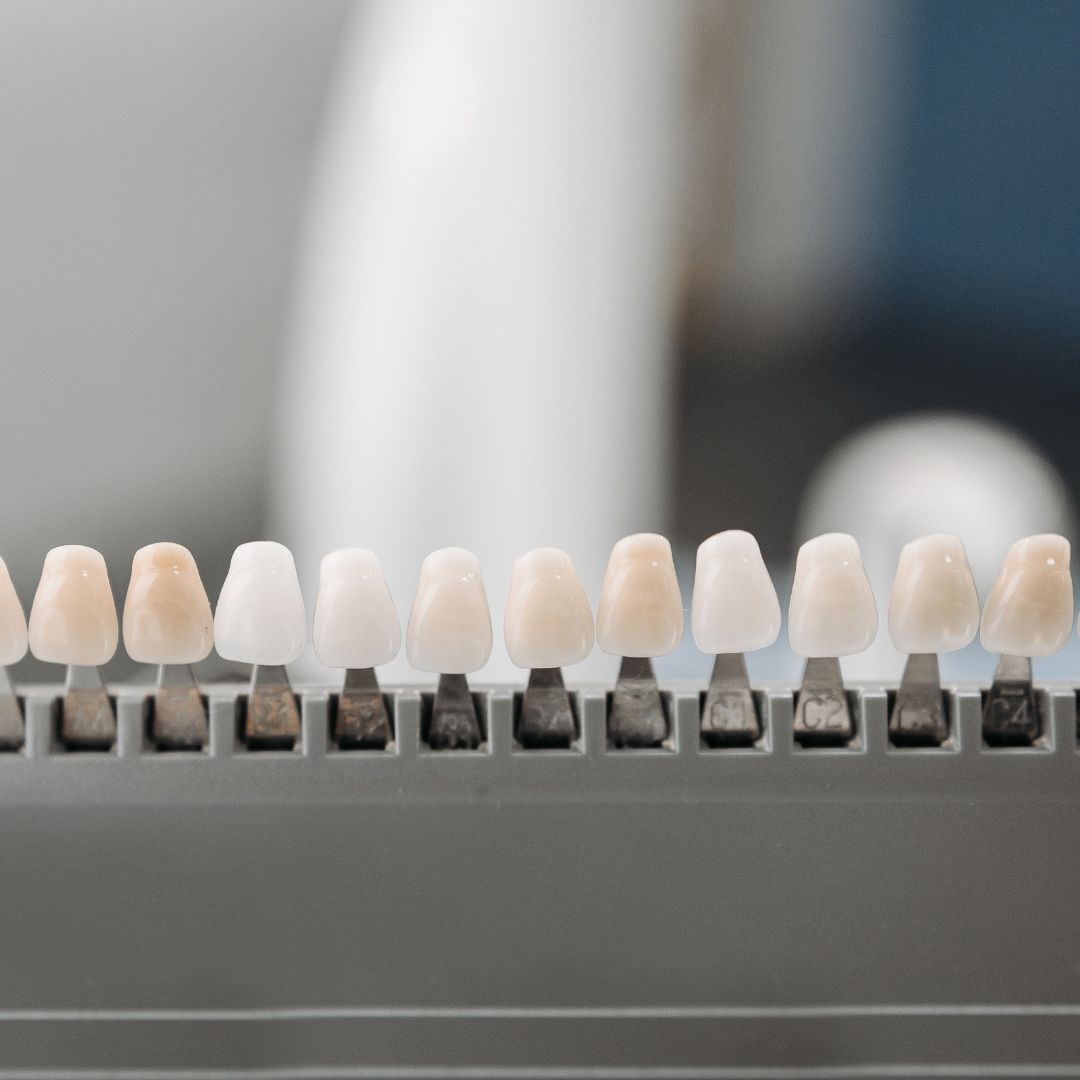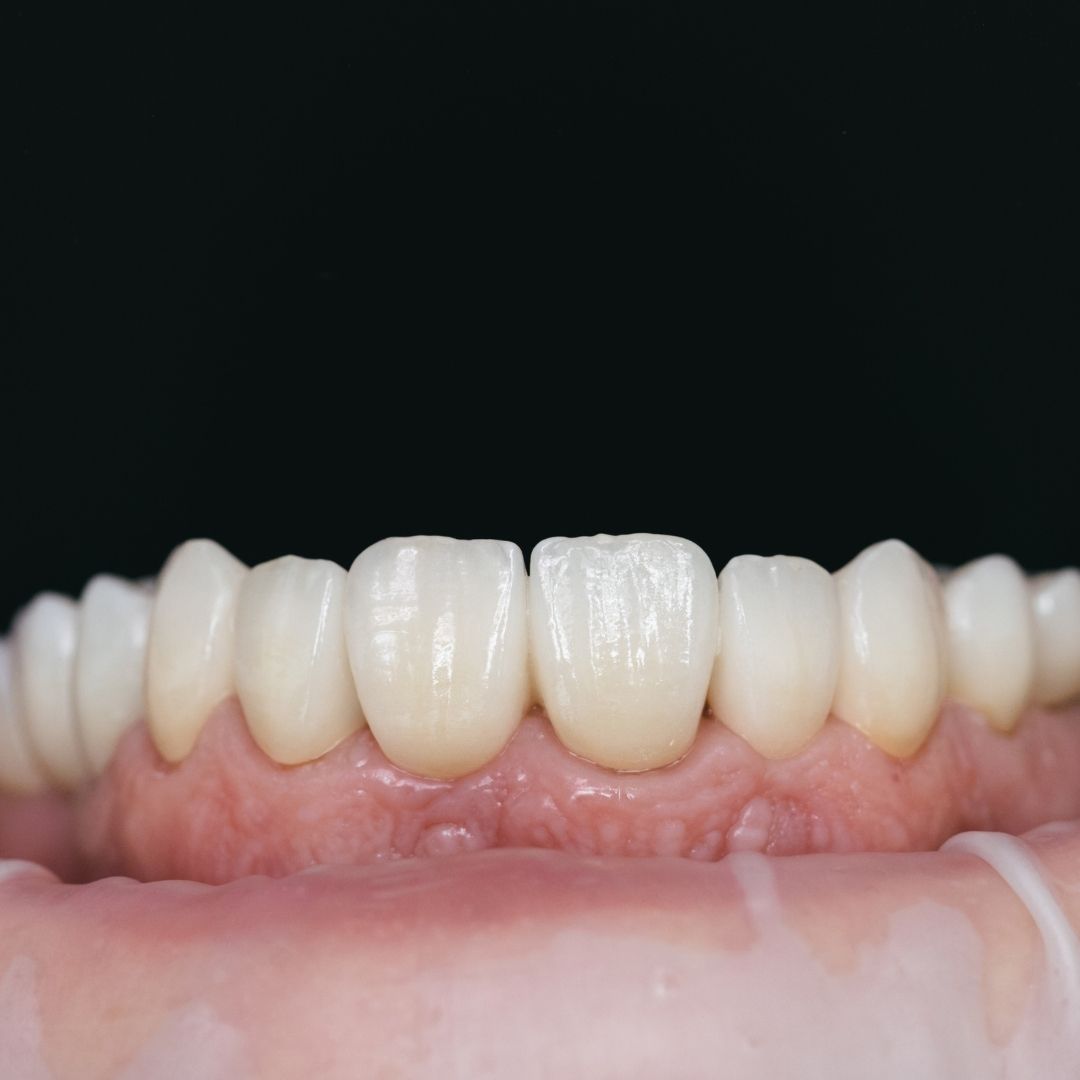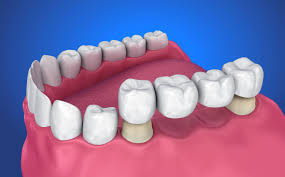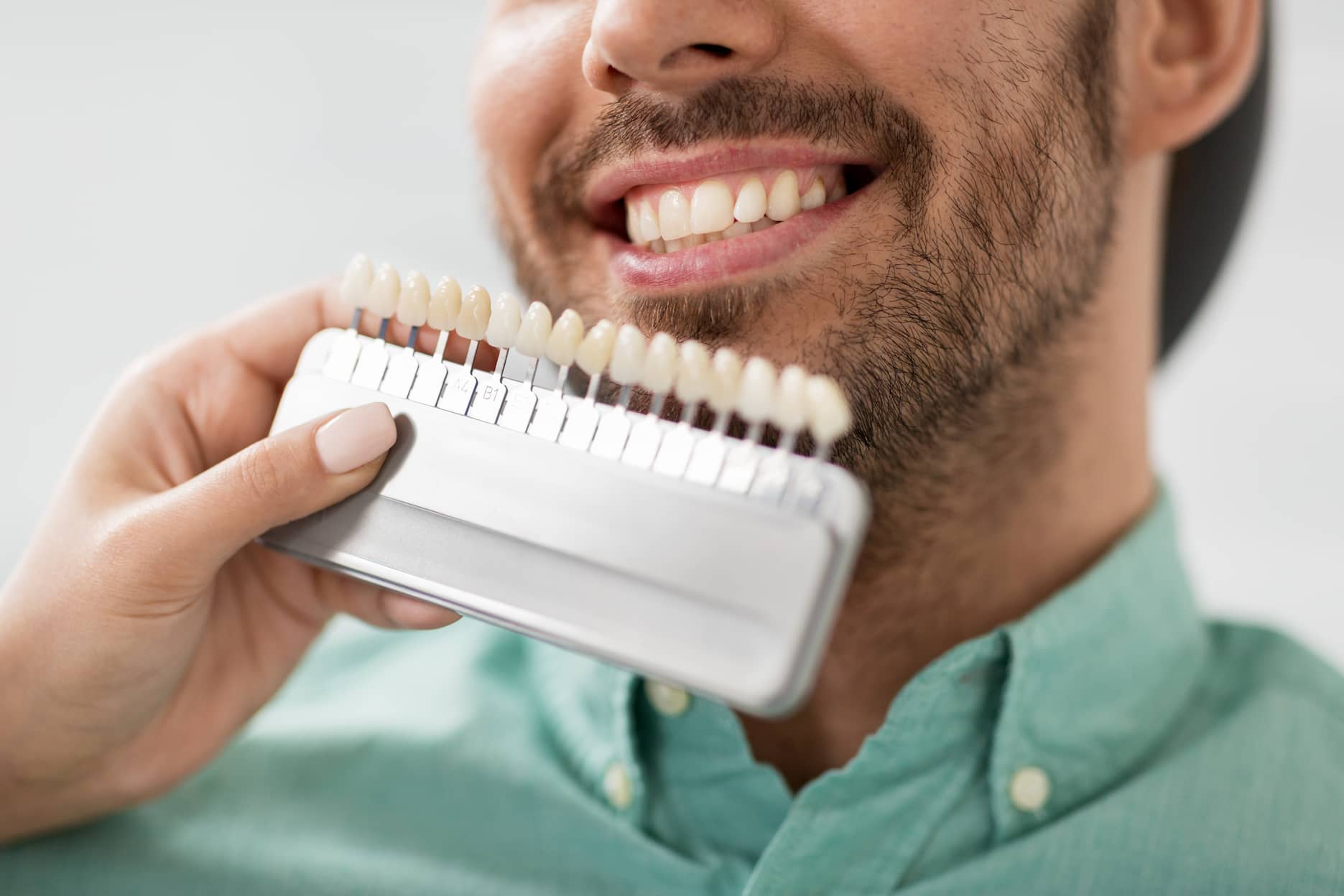
How Are Veneers Done?
If you’re considering improving your smile, you may have come across veneers as a popular option. Veneers are thin shells made of porcelain or composite resin that are placed over the front of your teeth to improve their appearance. They can fix a variety of cosmetic dental issues, such as discoloration, chipping, and gaps between teeth. But how exactly are veneers done? In this article, we’ll explore the process of getting veneers and answer some common questions about them.
What Are Veneers?
Are you unhappy with the appearance of your teeth? Do you have gaps, chips, or stains that make you self-conscious about your smile? If so, veneers may be a good option for you. Veneers are a popular cosmetic dental treatment that can improve the appearance of your teeth and give you the smile you’ve always wanted.
So, what are veneers? Veneers are thin, custom-made shells that are placed on the front of your teeth to improve their appearance. They are typically made from porcelain or composite resin, which are materials that closely resemble the color and texture of natural teeth. Veneers can be used to address a wide range of cosmetic dental issues, including gaps, chips, stains, and misshapen teeth.
One of the great things about veneers is that they are a relatively quick and non-invasive cosmetic dental treatment. Unlike other cosmetic dental options, such as braces or dental implants , veneers can be placed in just a few appointments with your dentist. This makes them a convenient option for people who want to improve the appearance of their teeth without a lengthy or complicated dental procedure.
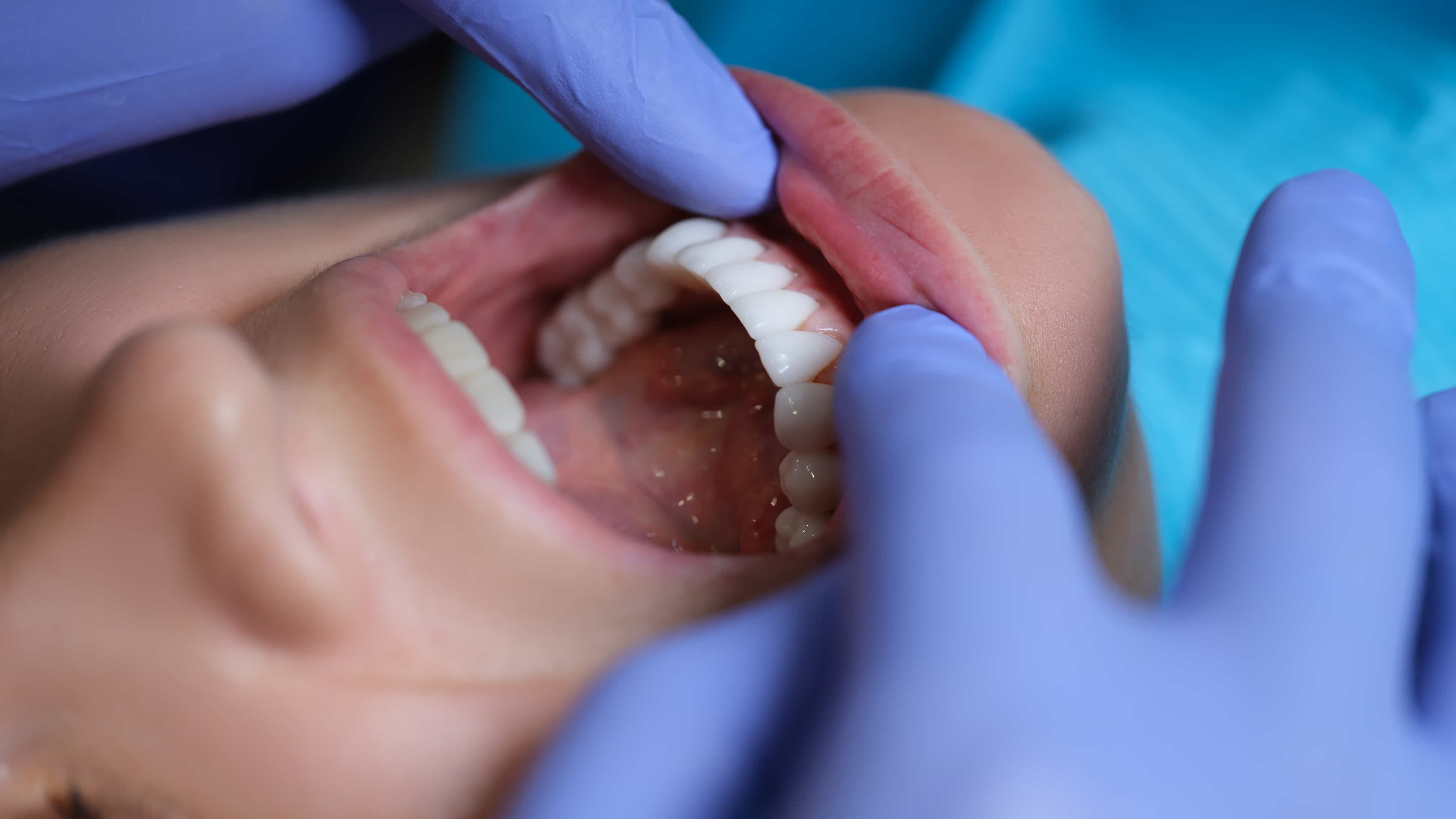
Is It Painful to Get Veneers?
One of the most common questions people have about getting veneers is whether it’s painful. The short answer is no, getting veneers is not typically a painful process. Before the veneers are placed, your dentist will numb the area with a local anesthetic, so you shouldn’t feel any pain during the procedure. Some people may experience some mild discomfort or sensitivity after the procedure, but this should go away within a few days.
What Happens to Teeth Under Veneers?
Before veneers are placed, a thin layer of enamel is removed from the front of your teeth to make room for the veneers. This is usually a painless process, and the amount of enamel removed is typically very small. Once the enamel is removed, an impression is taken of your teeth, which is used to create custom-made veneers that fit your teeth perfectly.
The veneers are then bonded to your teeth using a special adhesive. Because the veneers are thin, they don’t add a lot of extra bulk to your teeth, so they should feel natural and comfortable. It’s important to note that once enamel is removed from your teeth, it cannot be replaced, so you’ll need to take good care of your veneers to make sure they last as long as possible.
How Long Do Veneers Last?
Veneers are a long-lasting cosmetic dental option, but they’re not permanent. How long your veneers last will depend on a variety of factors, such as how well you take care of them and whether you grind or clench your teeth. On average, porcelain veneers can last anywhere from 10 to 15 years, while composite resin veneers may last around 5 to 7 years.
To help your veneers last as long as possible, it’s important to take good care of them. This means brushing and flossing regularly, avoiding foods and drinks that can stain your teeth, and not using your teeth as tools (such as opening packages). You may also want to wear a nightguard if you grind or clench your teeth while you sleep.
How Are Veneers Attached to Teeth?
Attaching veneers to your teeth is a multi-step process that requires several appointments with your dentist. Here’s a step-by-step guide to how veneers are attached to teeth:
Consultation: The first step is to schedule a consultation with your dentist to determine whether veneers are a good option for you. Your dentist will examine your teeth and discuss your goals for your smile to determine if veneers are the right choice.
Preparation: If you and your dentist decide that veneers are the best option, your dentist will prepare your teeth by removing a small amount of enamel from the front of each tooth. This is usually a painless process, but local anesthesia may be used to make you more comfortable. Your dentist will then take impressions of your teeth, which will be used to create your custom veneers.
Temporary veneers: While your permanent veneers are being made, your dentist may place temporary veneers on your teeth. These temporary veneers are made of acrylic and are designed to protect your teeth and give you a preview of what your final results will look like.
Bonding: Once your permanent veneers are ready, your dentist will remove the temporary veneers and clean your teeth. Your dentist will then place the veneers on your teeth and use a special adhesive to bond them in place. A special light will be used to harden the adhesive, and any excess material will be removed.
Follow-up: After your veneers are placed, your dentist will schedule a follow-up appointment to check your veneers and make any necessary adjustments.
The Study of How Are Veneers Done
Research Update: A recent study published in the Journal of Cosmetic Dentistry delved into the long-term effects of veneers on tooth enamel. The study examined a group of individuals who had veneers applied for cosmetic reasons and monitored their oral health over several years. The findings suggest that while a minimal amount of enamel is removed during the veneer preparation process, this typically does not result in any adverse effects on the underlying teeth. Furthermore, the study highlighted that veneers can, in fact, enhance the resilience of teeth by providing additional protection against damage. This research provides valuable insights into the safety and benefits of veneers as a cosmetic dental solution, reinforcing their credibility as a viable option for improving smile aesthetics.
Do Veneers Mess Up Real Teeth?
One concern some people have about veneers is whether they can damage their real teeth. While veneers do require a small amount of enamel to be removed from the front of your teeth, this is typically a very small amount and shouldn’t cause any damage to your teeth. In fact, veneers can actually help protect your teeth by covering up any chips or cracks and making them more resistant to further damage.
However, it’s important to take good care of your veneers to ensure that they don’t cause any damage to your teeth. This means brushing and flossing regularly, avoiding hard or crunchy foods that can damage your veneers, and not using your teeth as tools.
In conclusion, veneers are a popular cosmetic dental option that can improve the appearance of your smile. Getting veneers typically isn’t painful, and the process involves removing a small amount of enamel from the front of your teeth, taking impressions, and bonding the veneers in place. Veneers can last anywhere from 5 to 15 years, depending on how well you take care of them. While veneers require a small amount of enamel to be removed from your teeth, this shouldn’t cause any damage to your teeth, and veneers can actually help protect your teeth from further damage. If you’re considering veneers, be sure to consult with your dentist to determine if they’re the right option for you.
